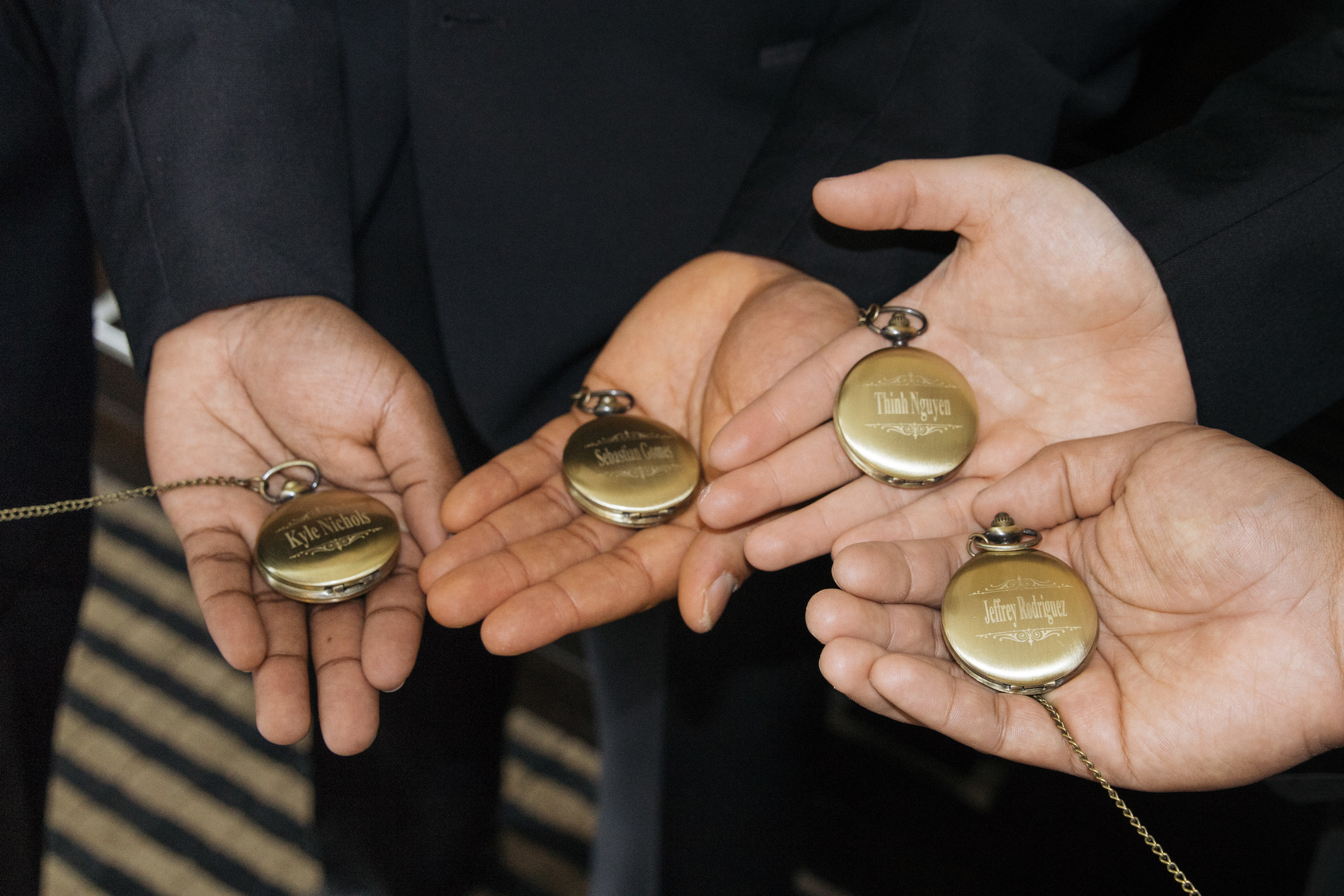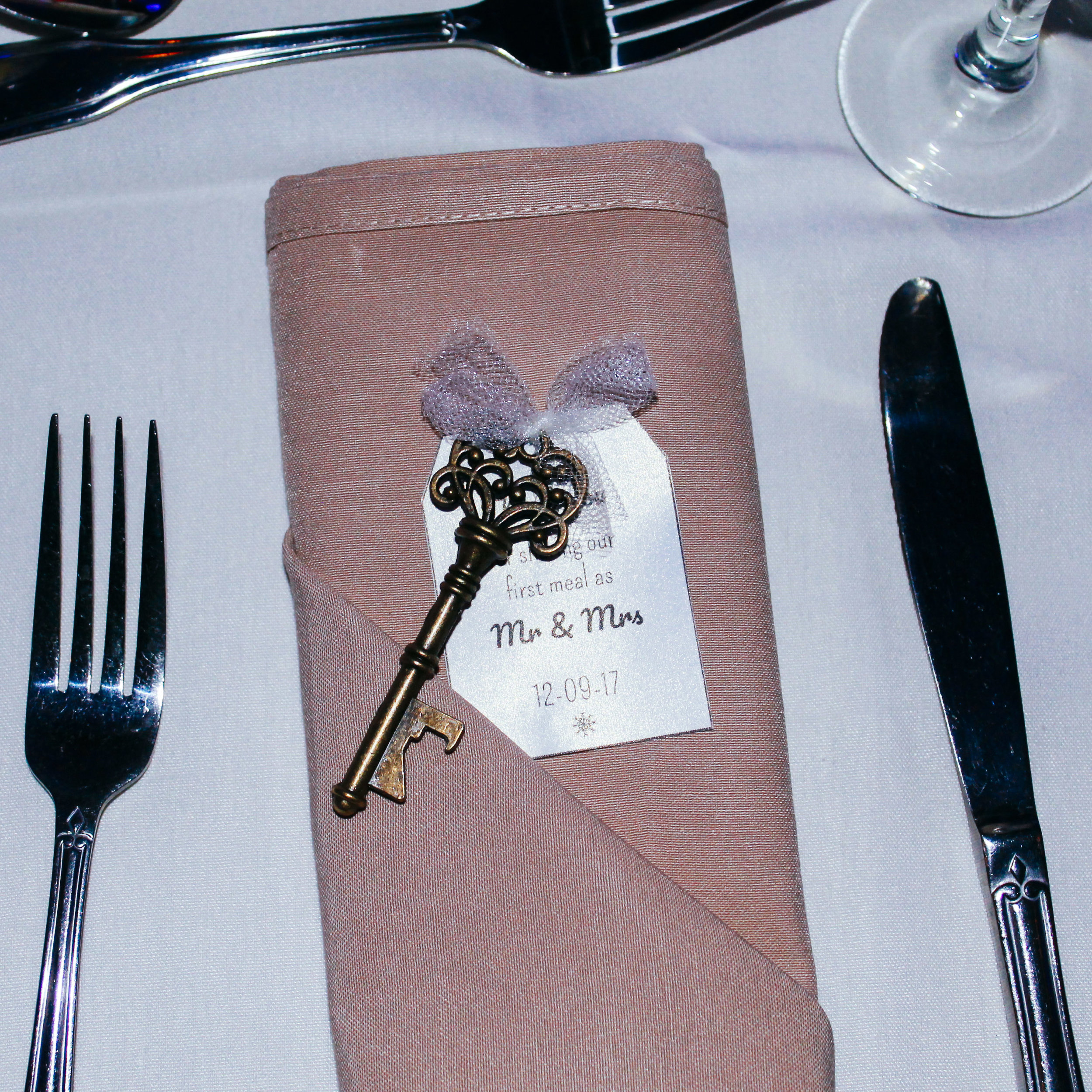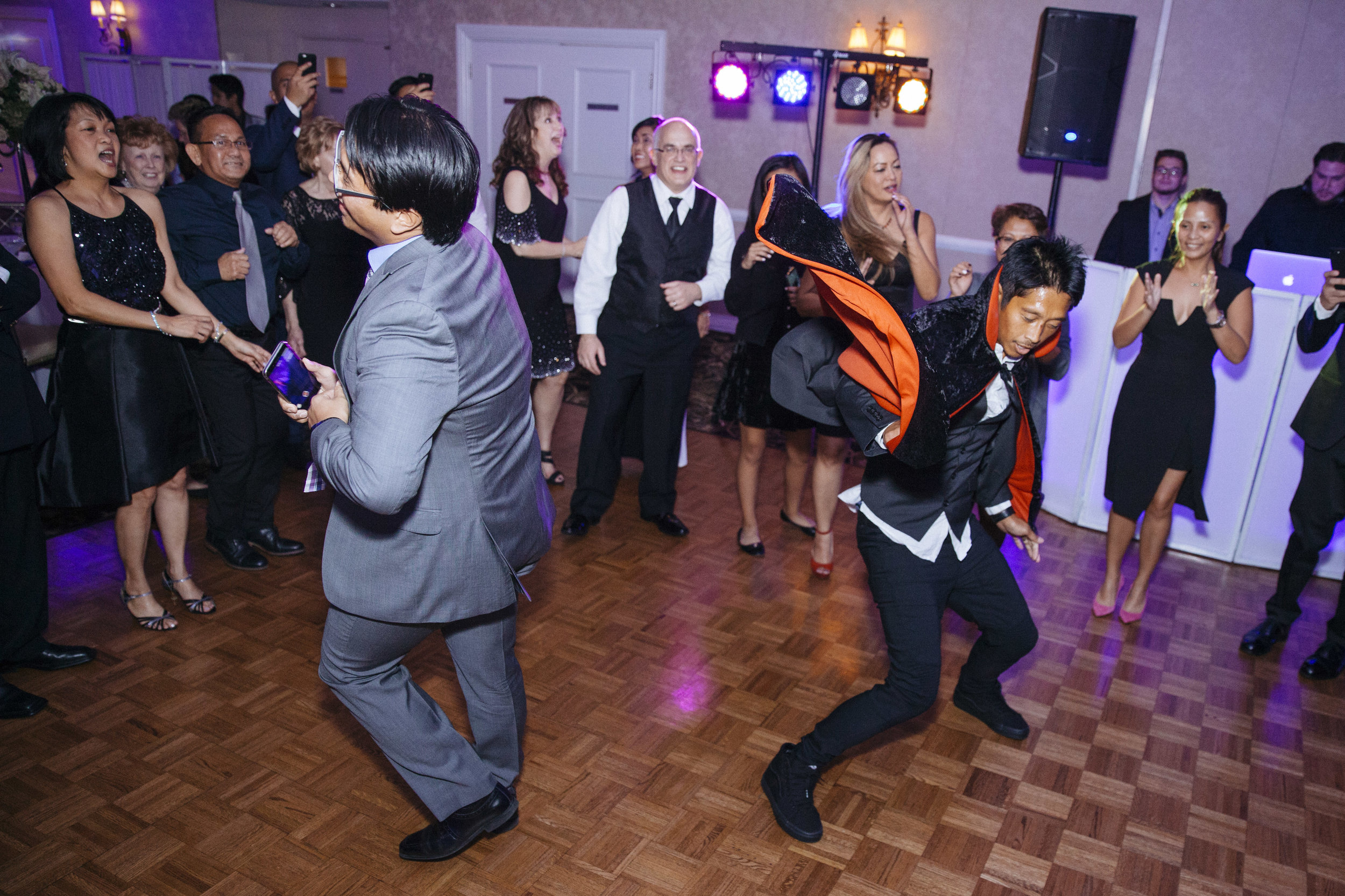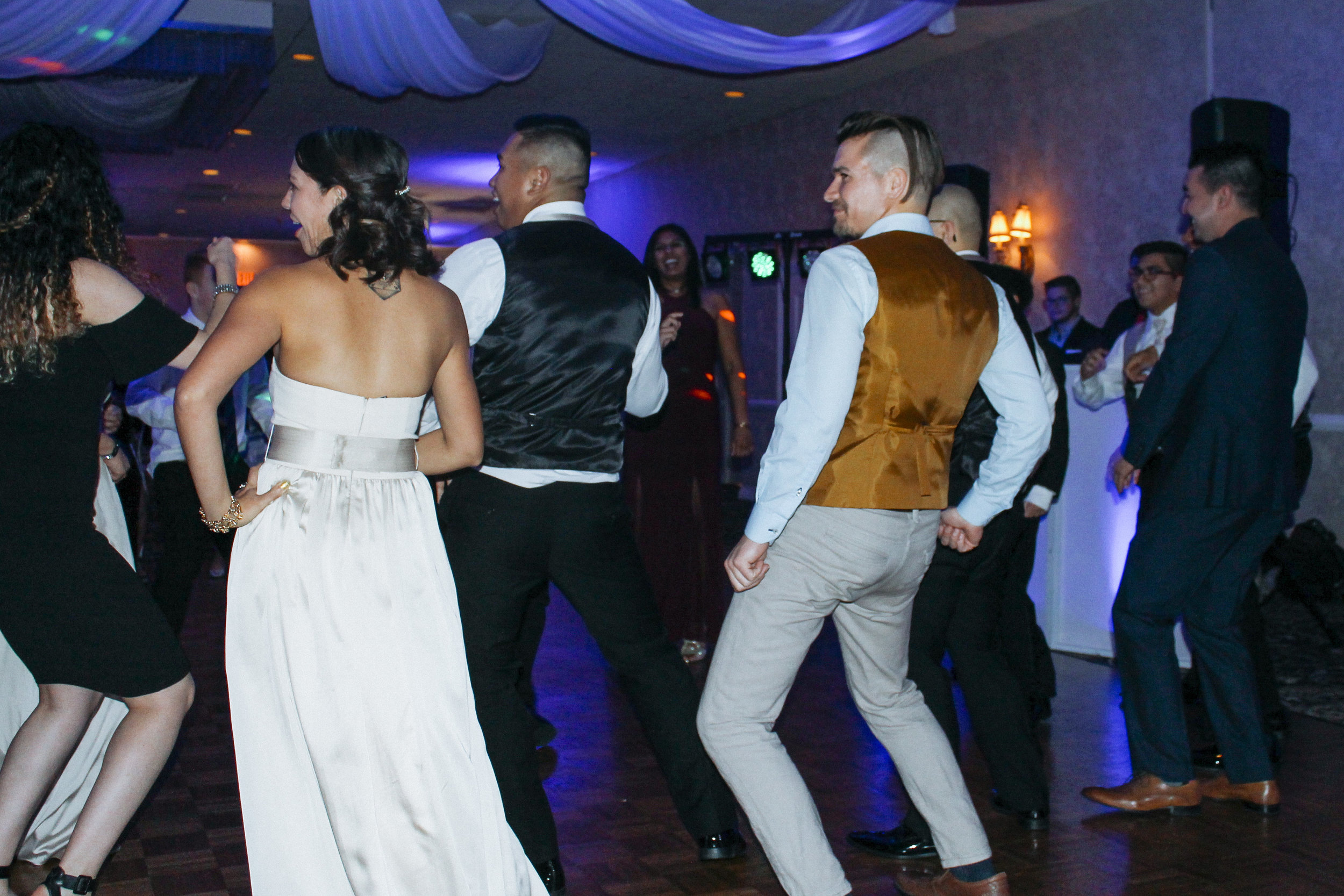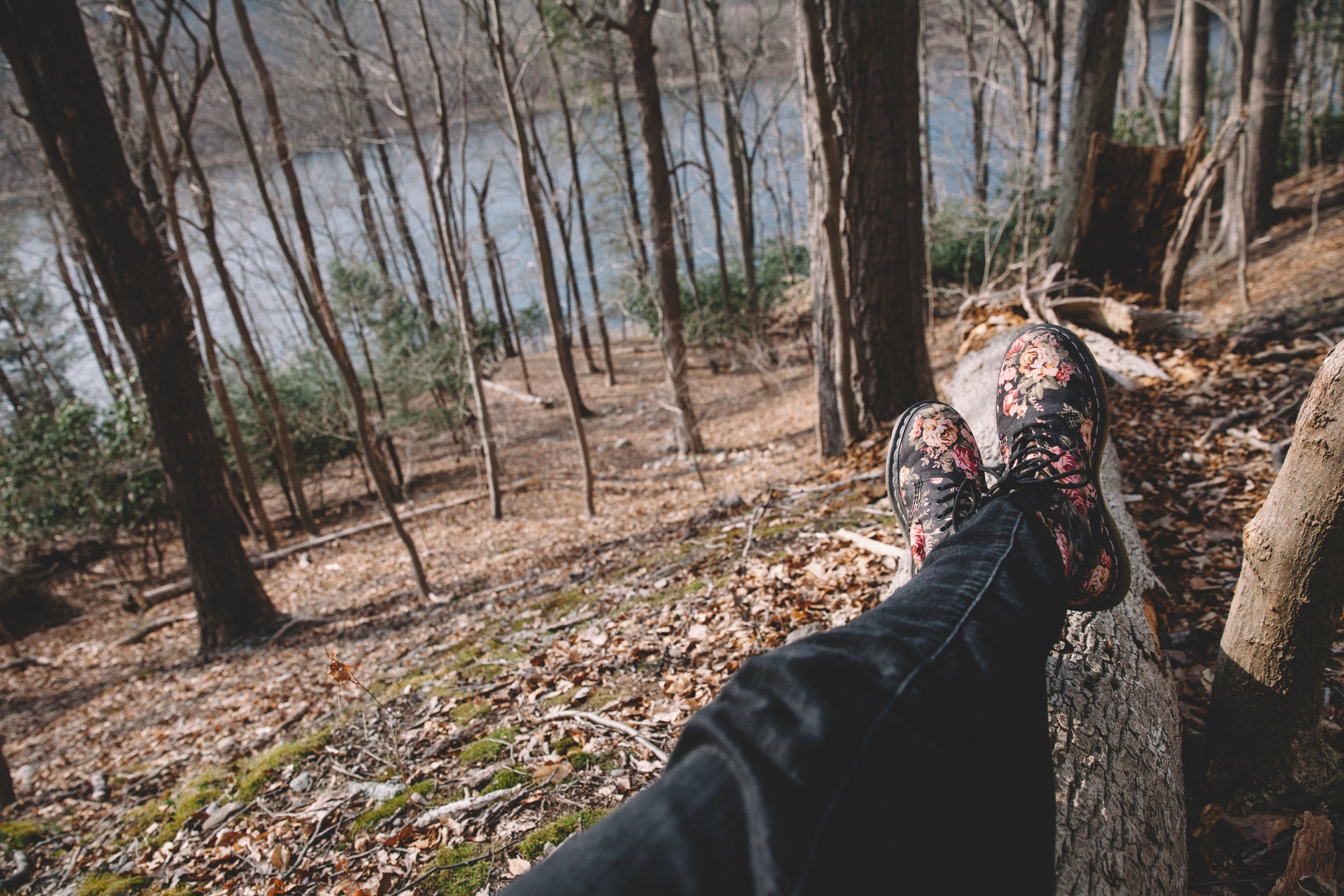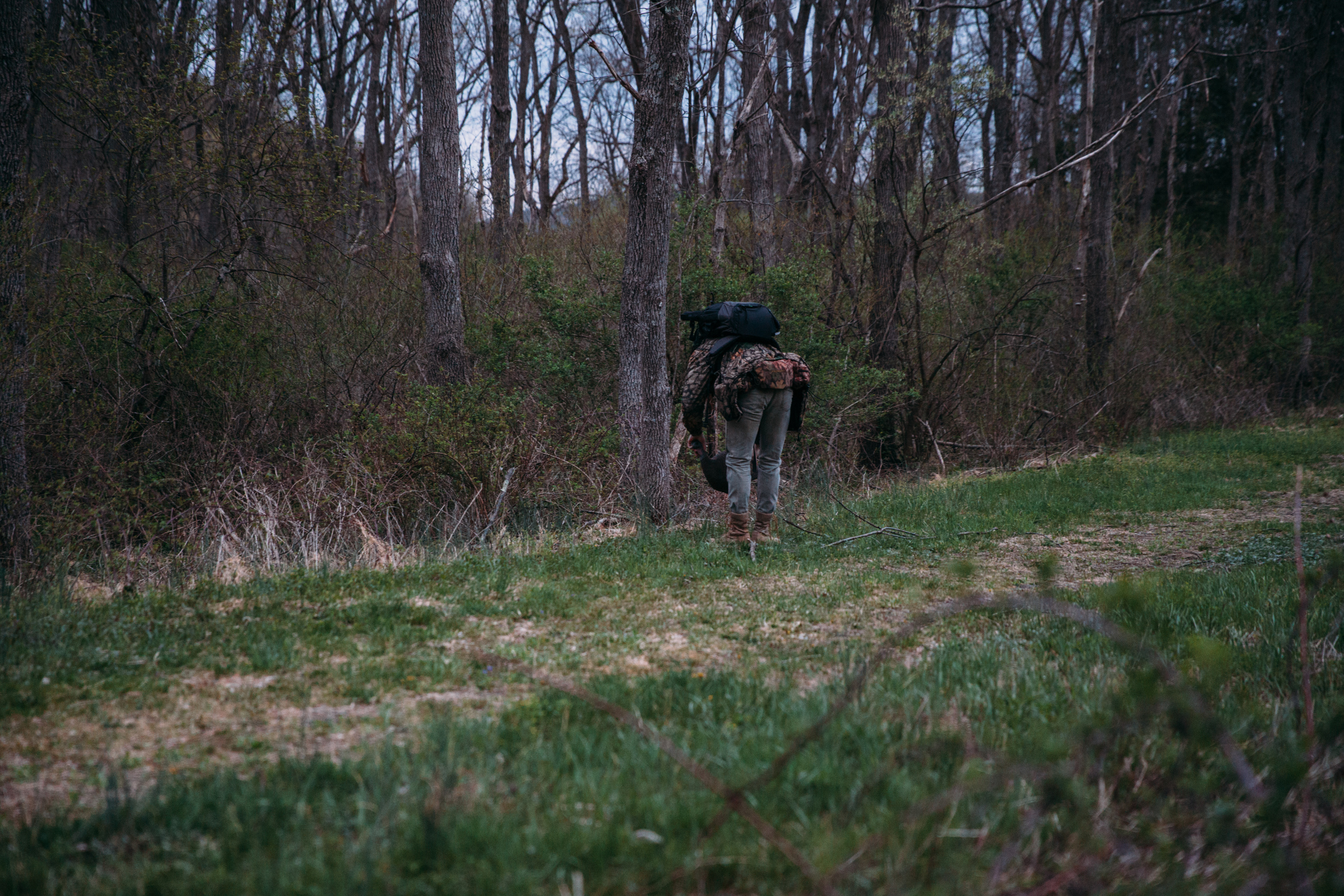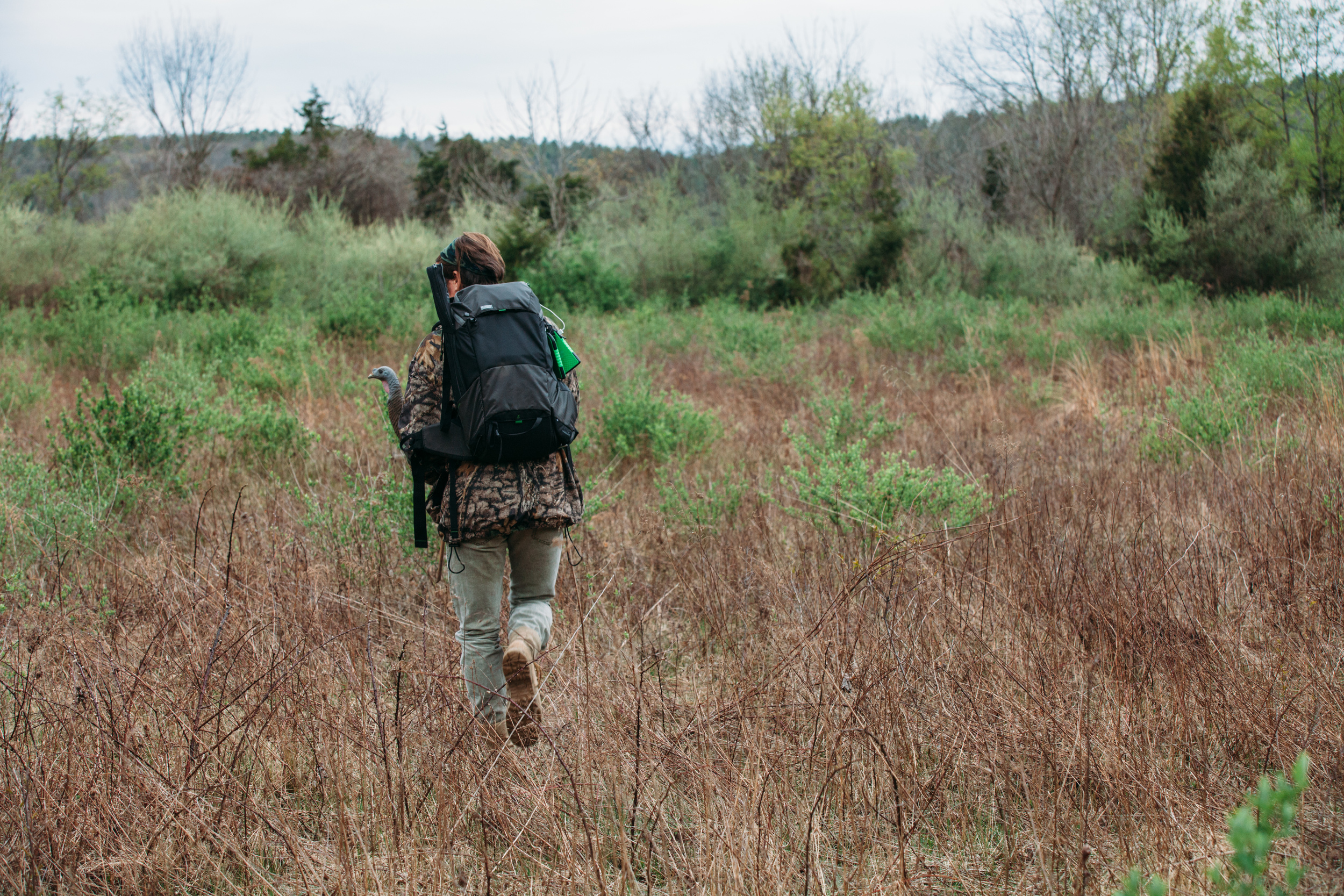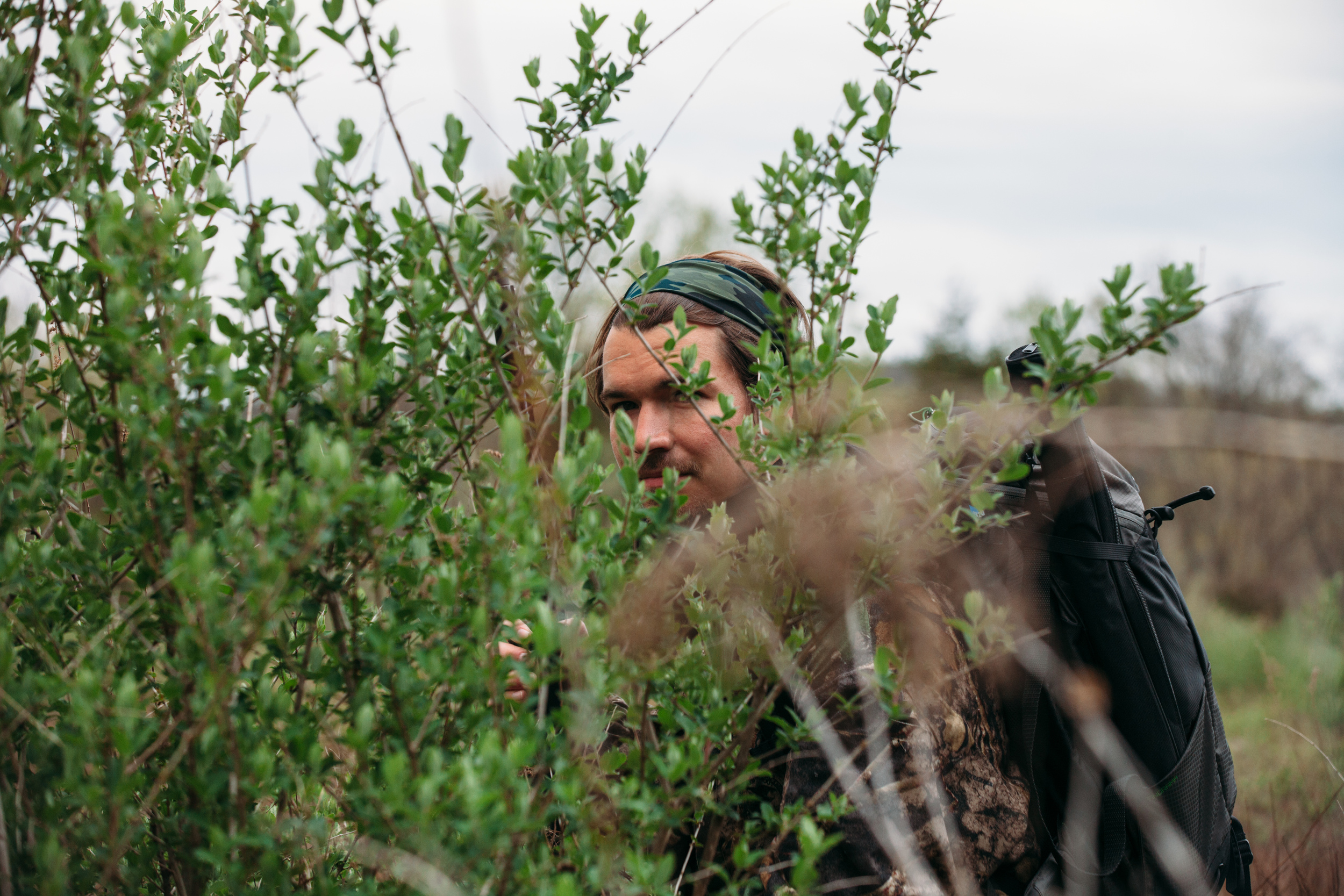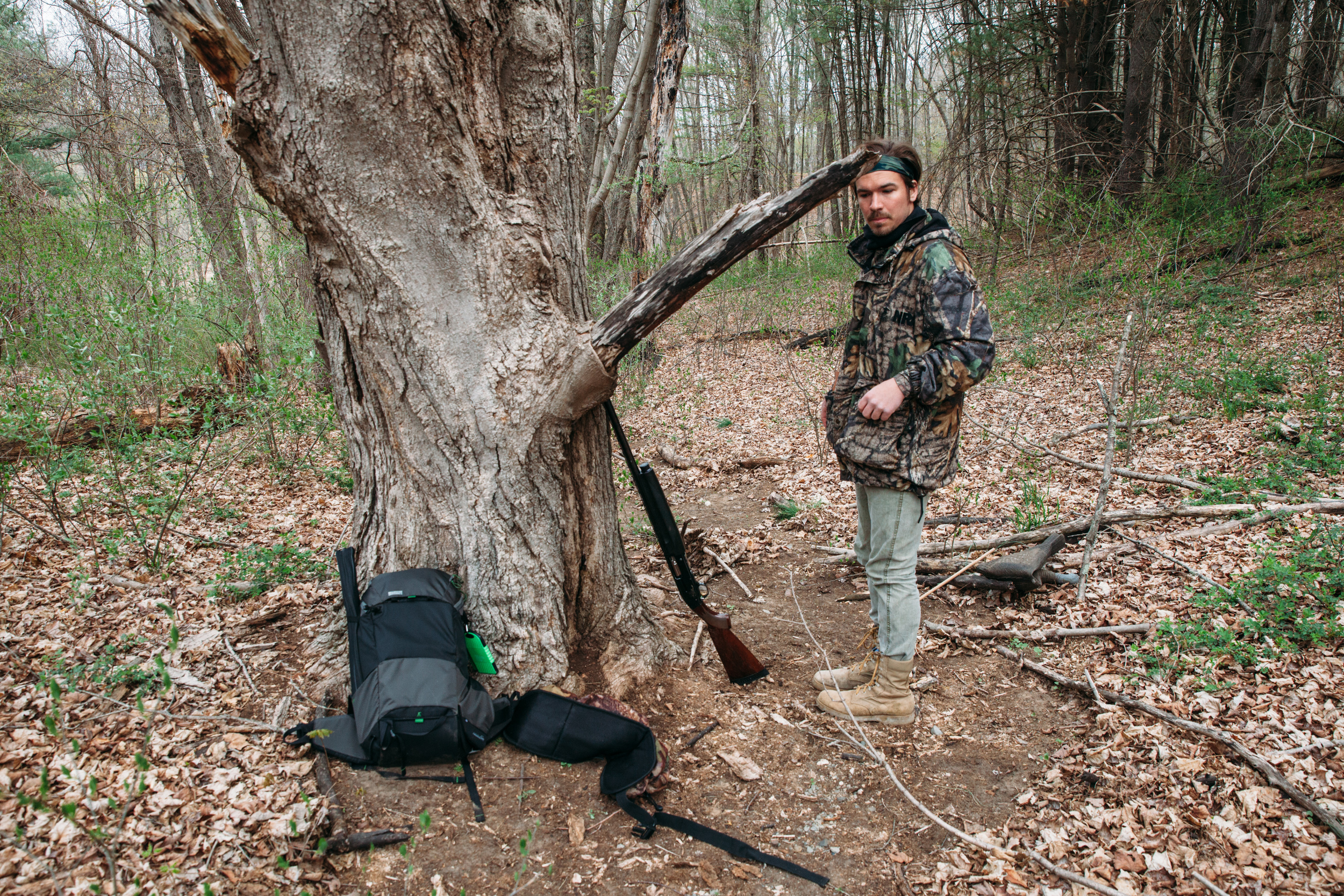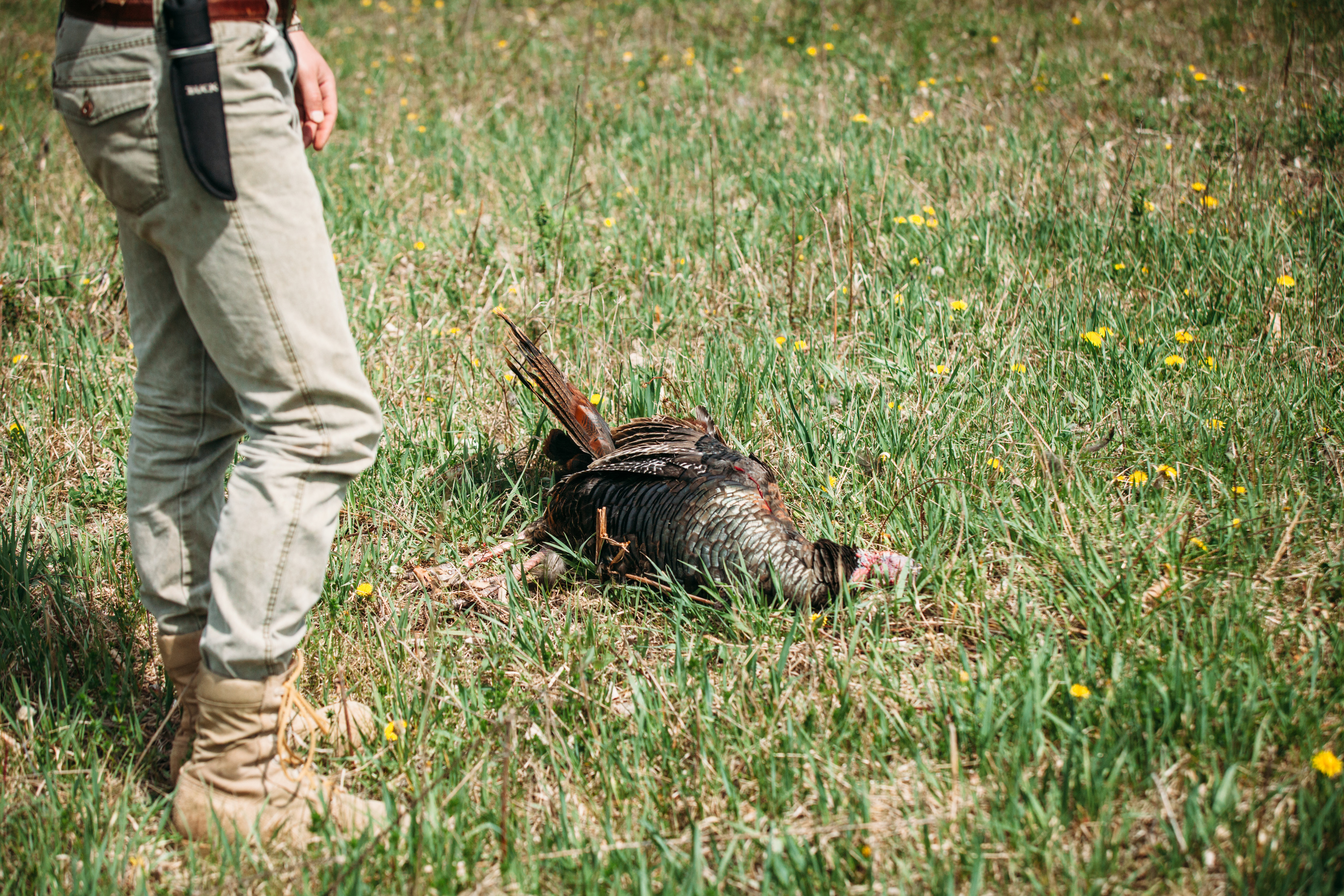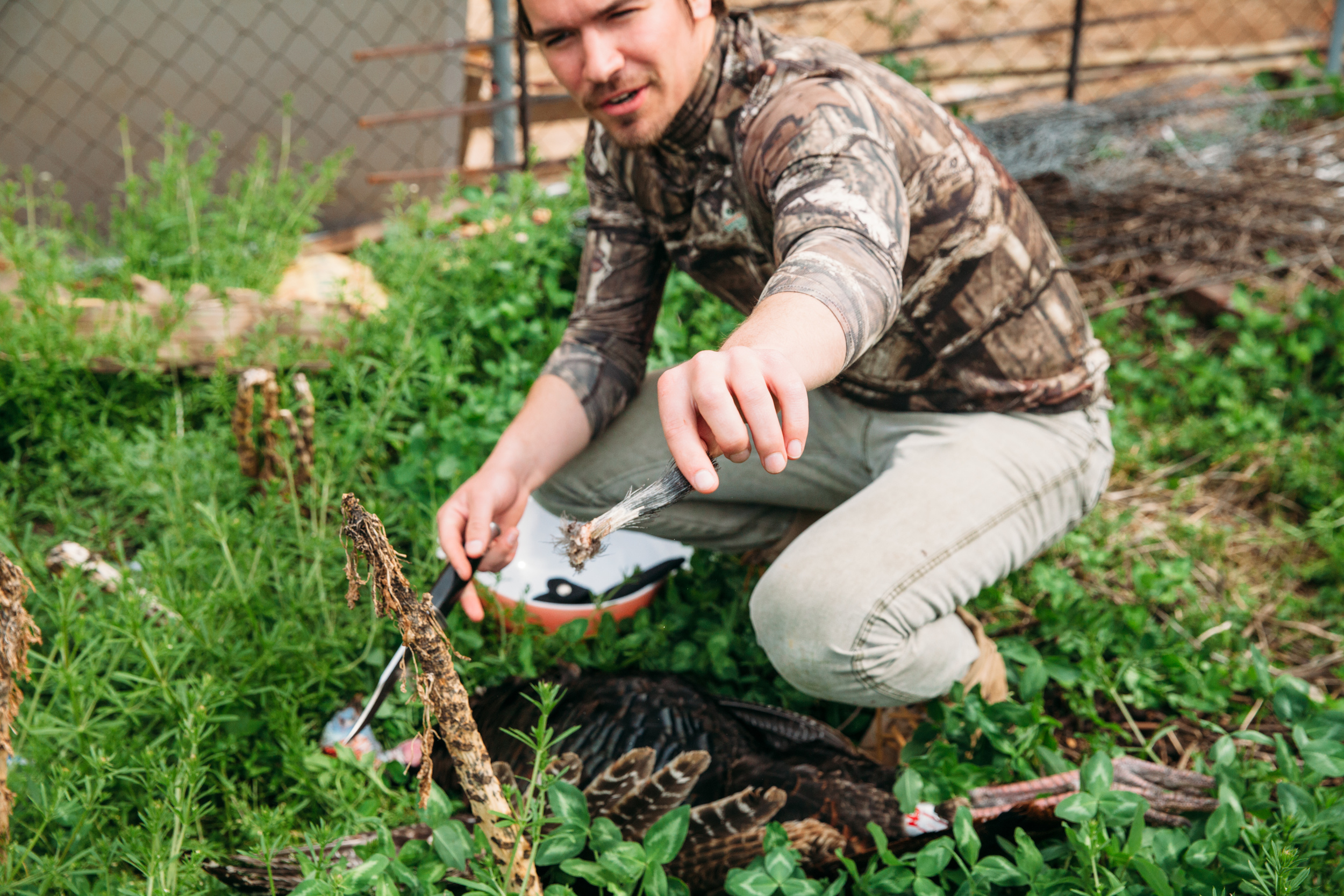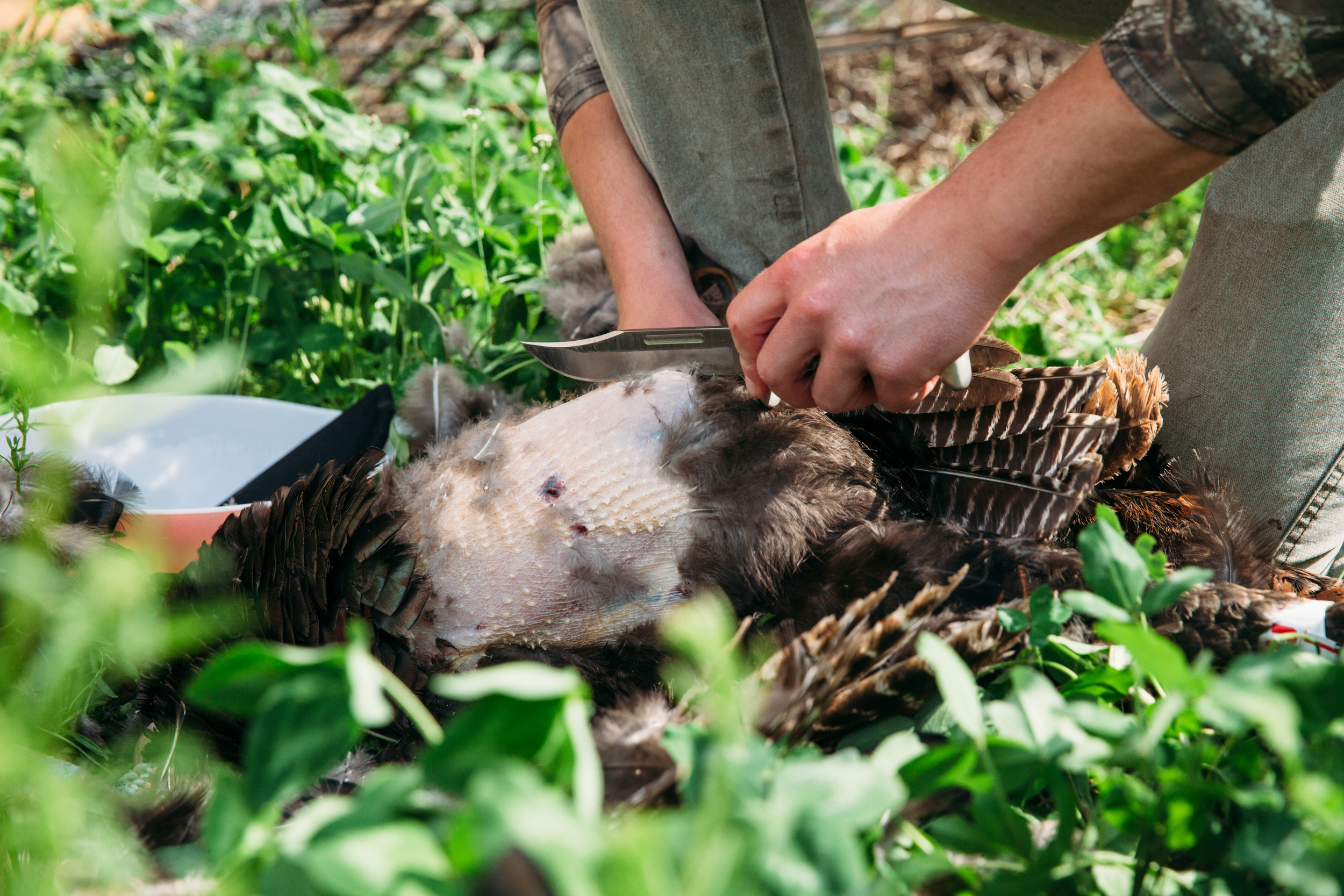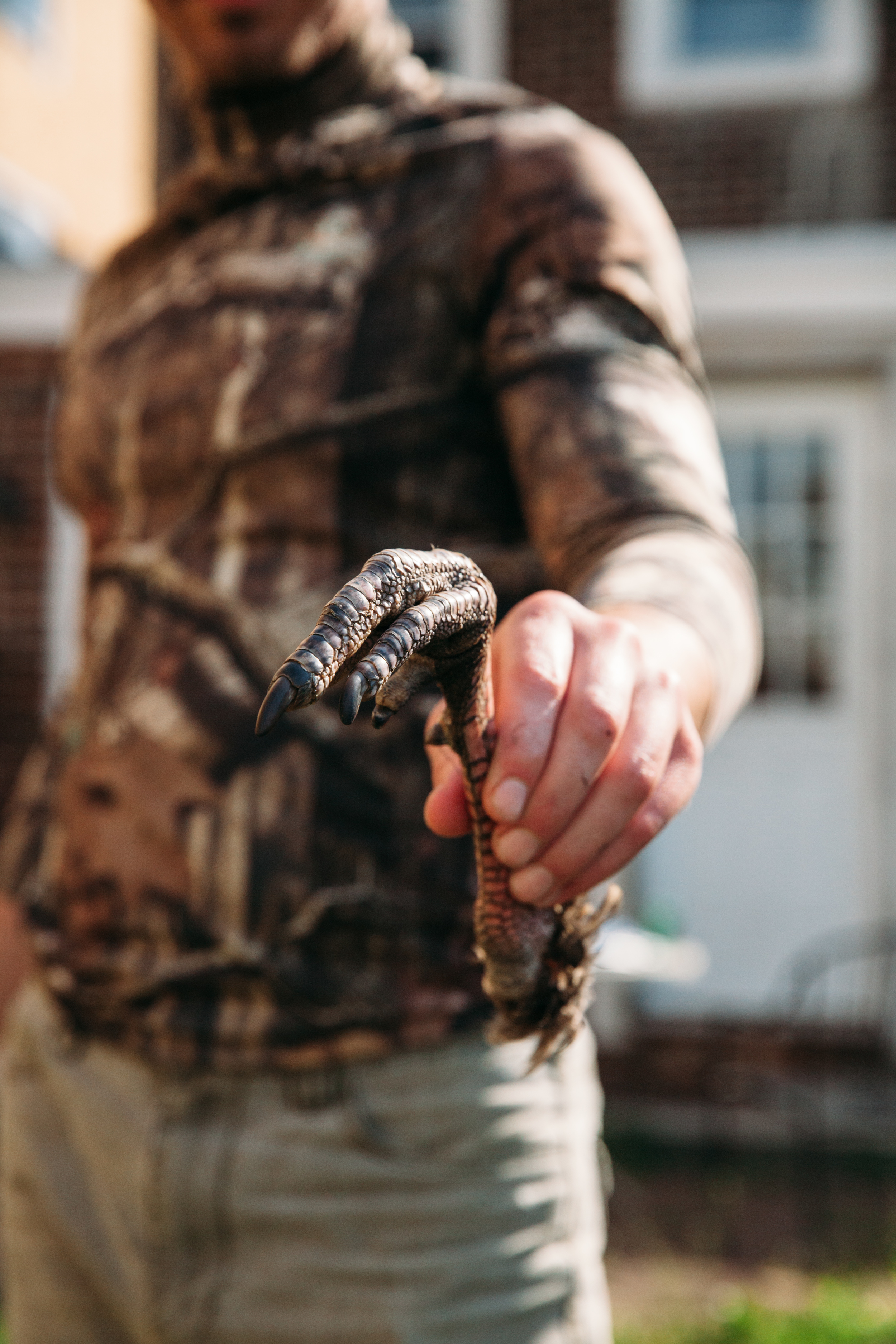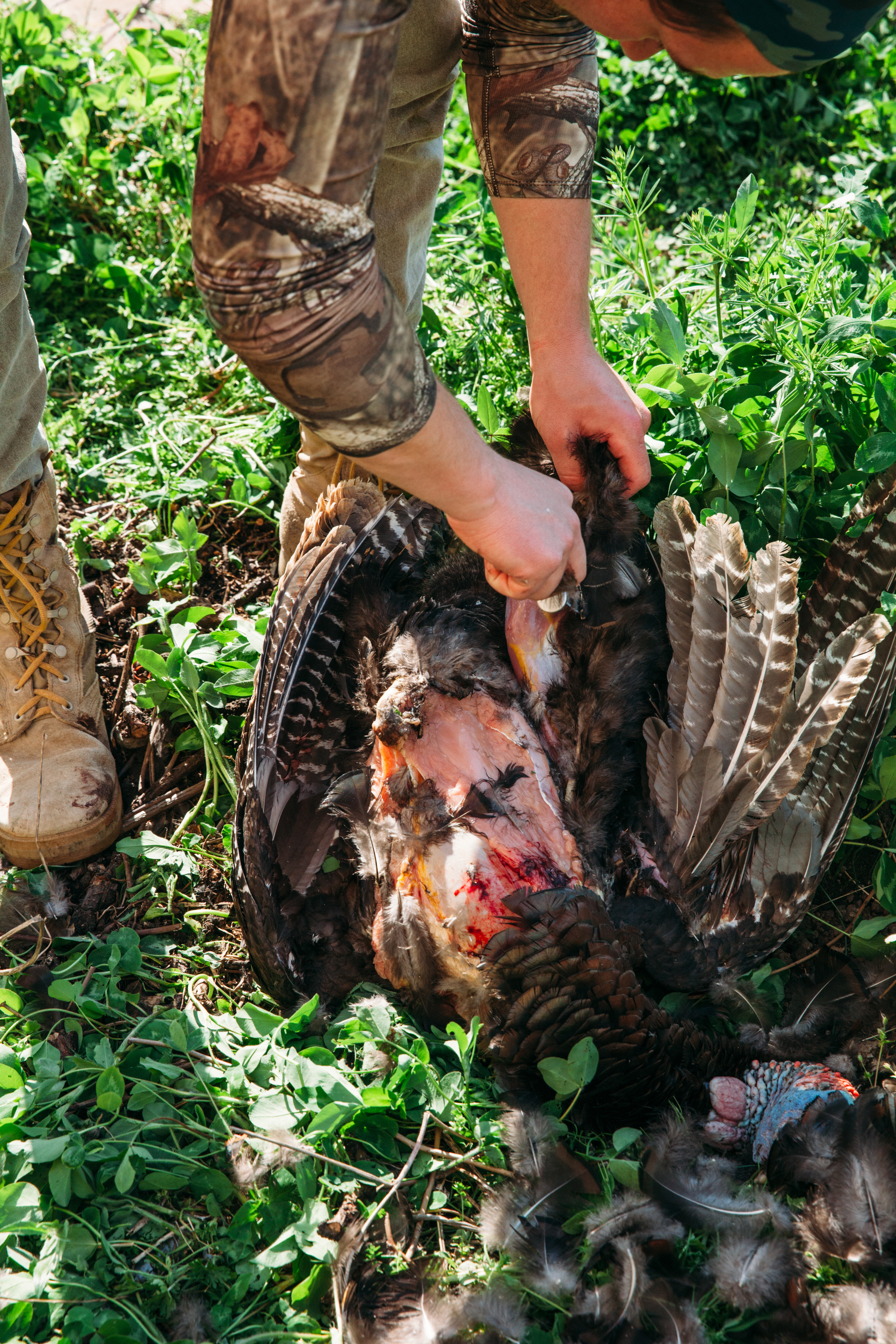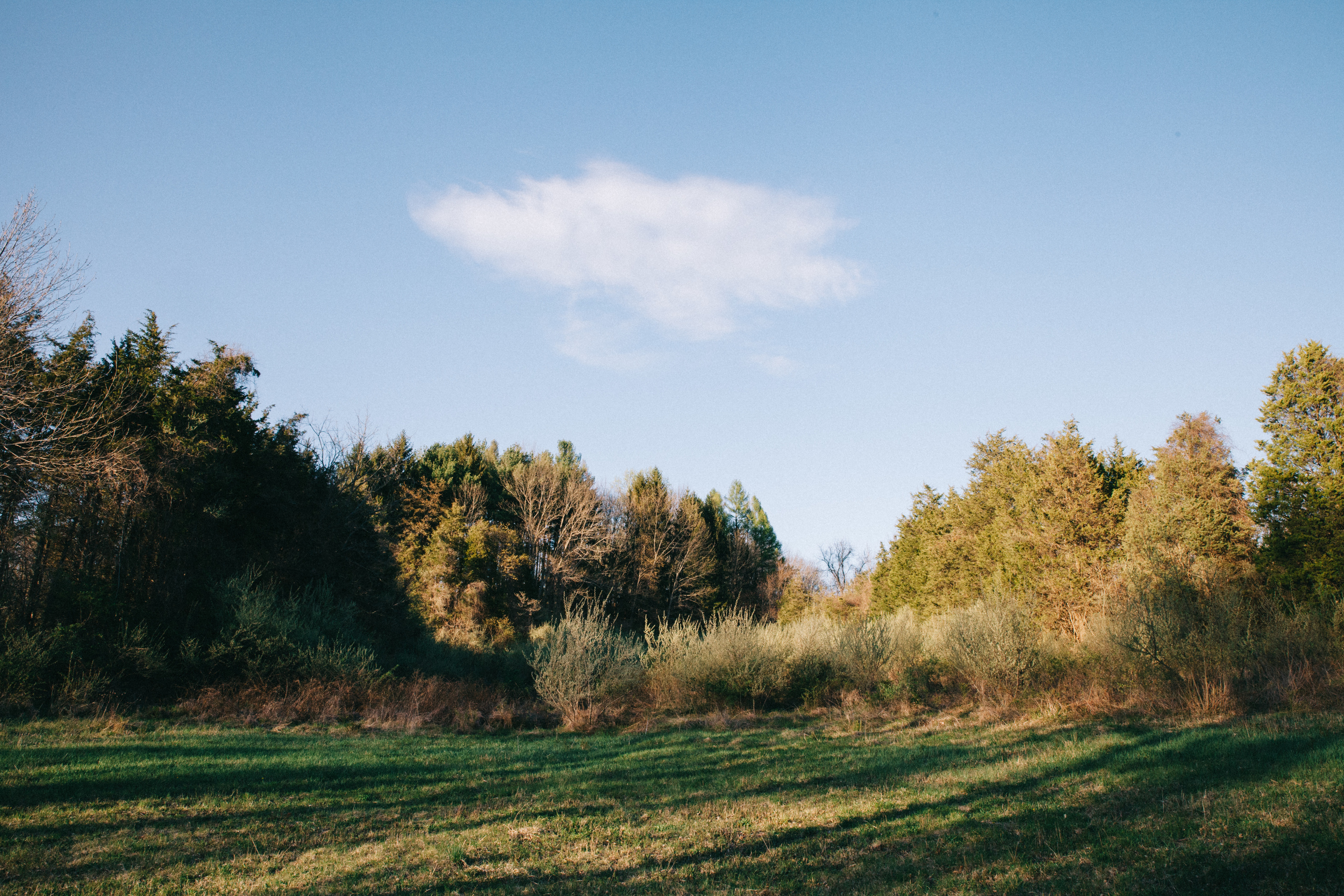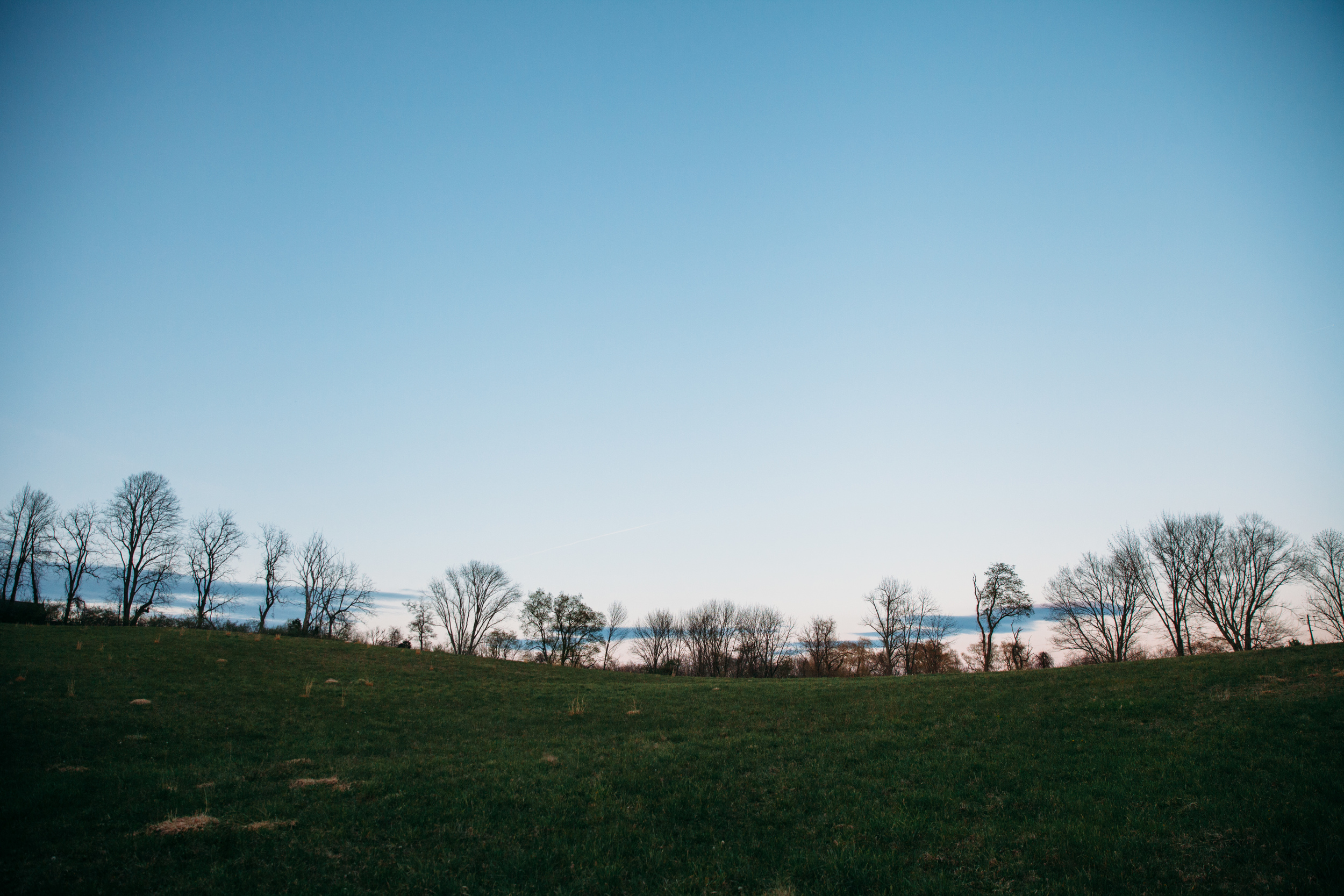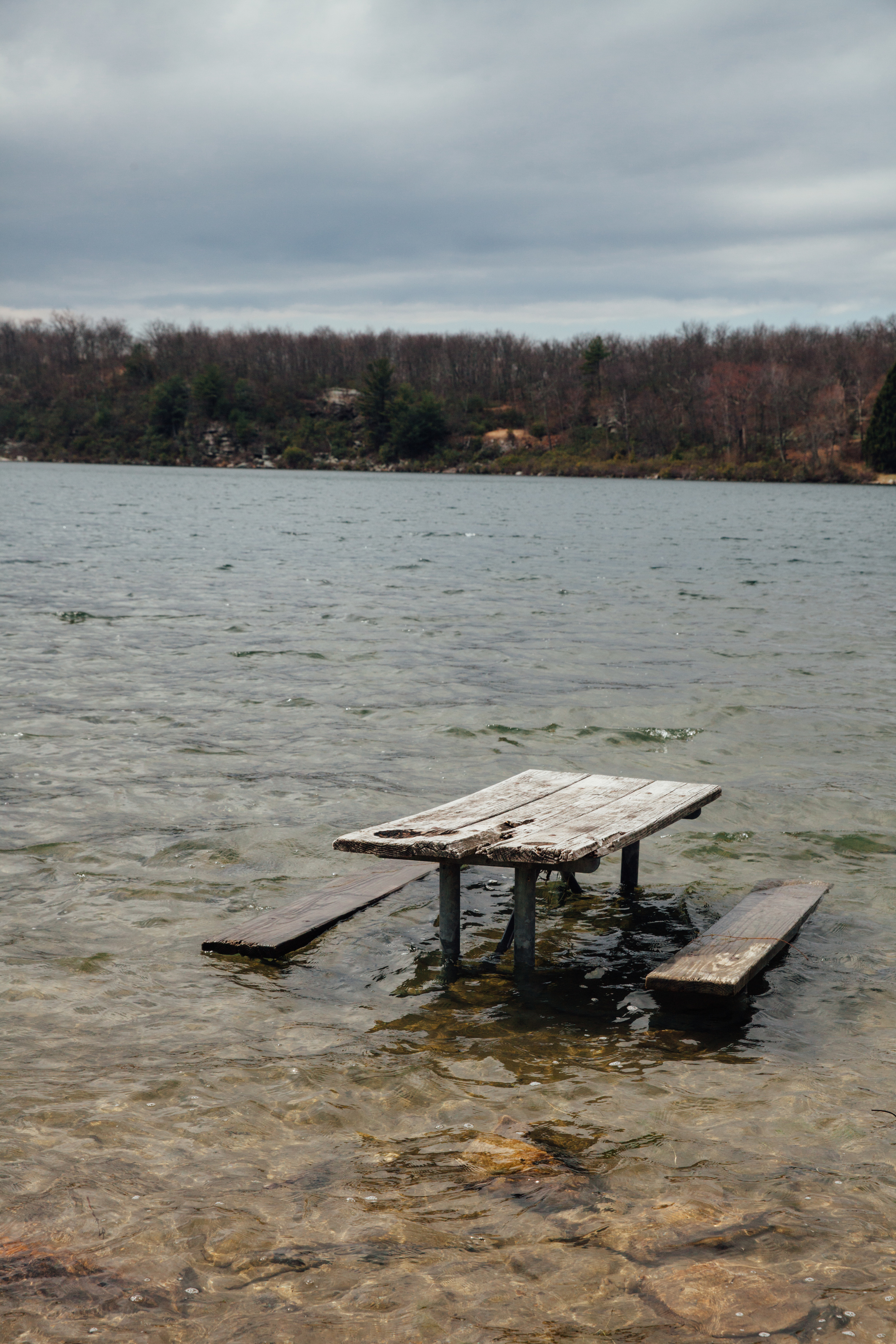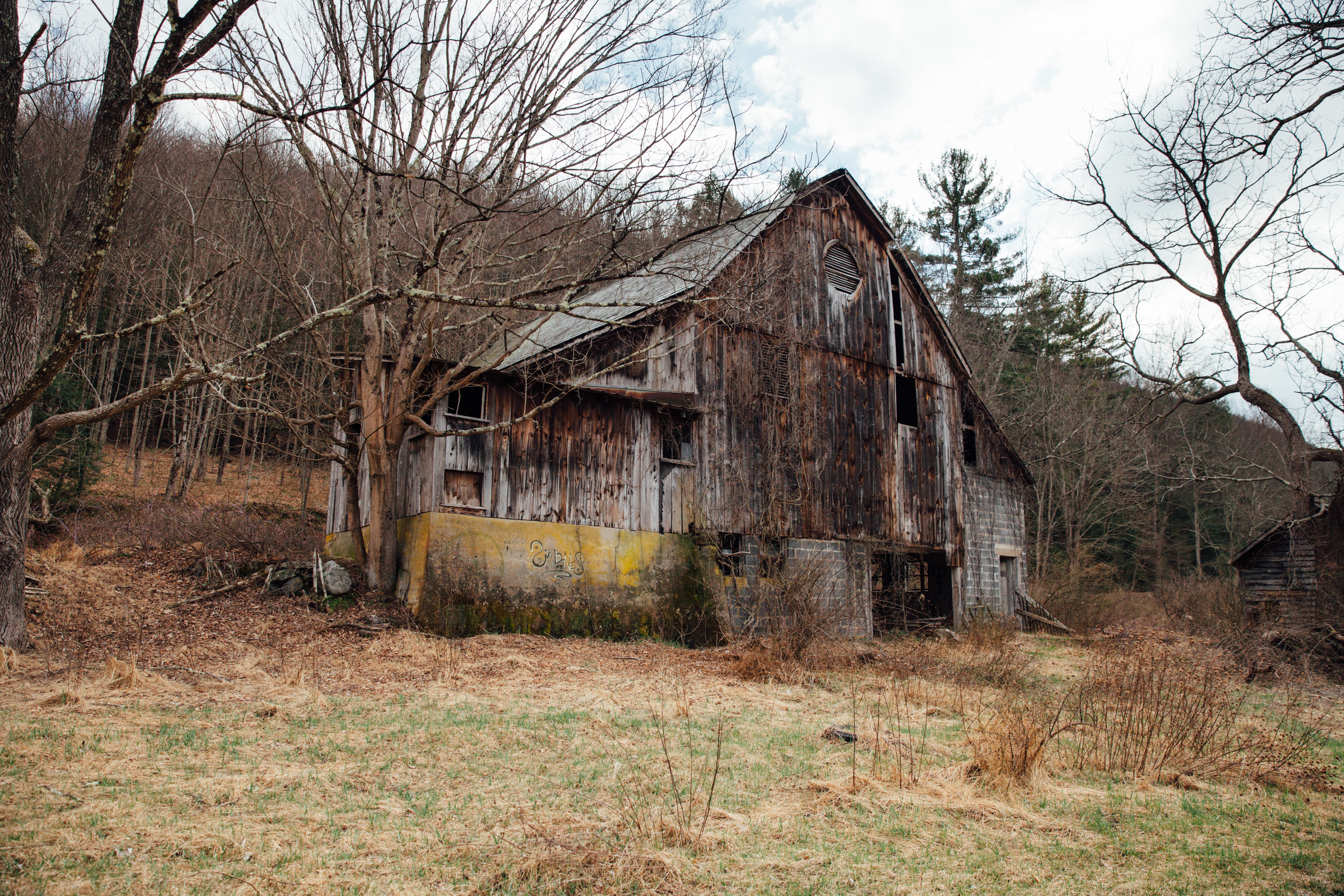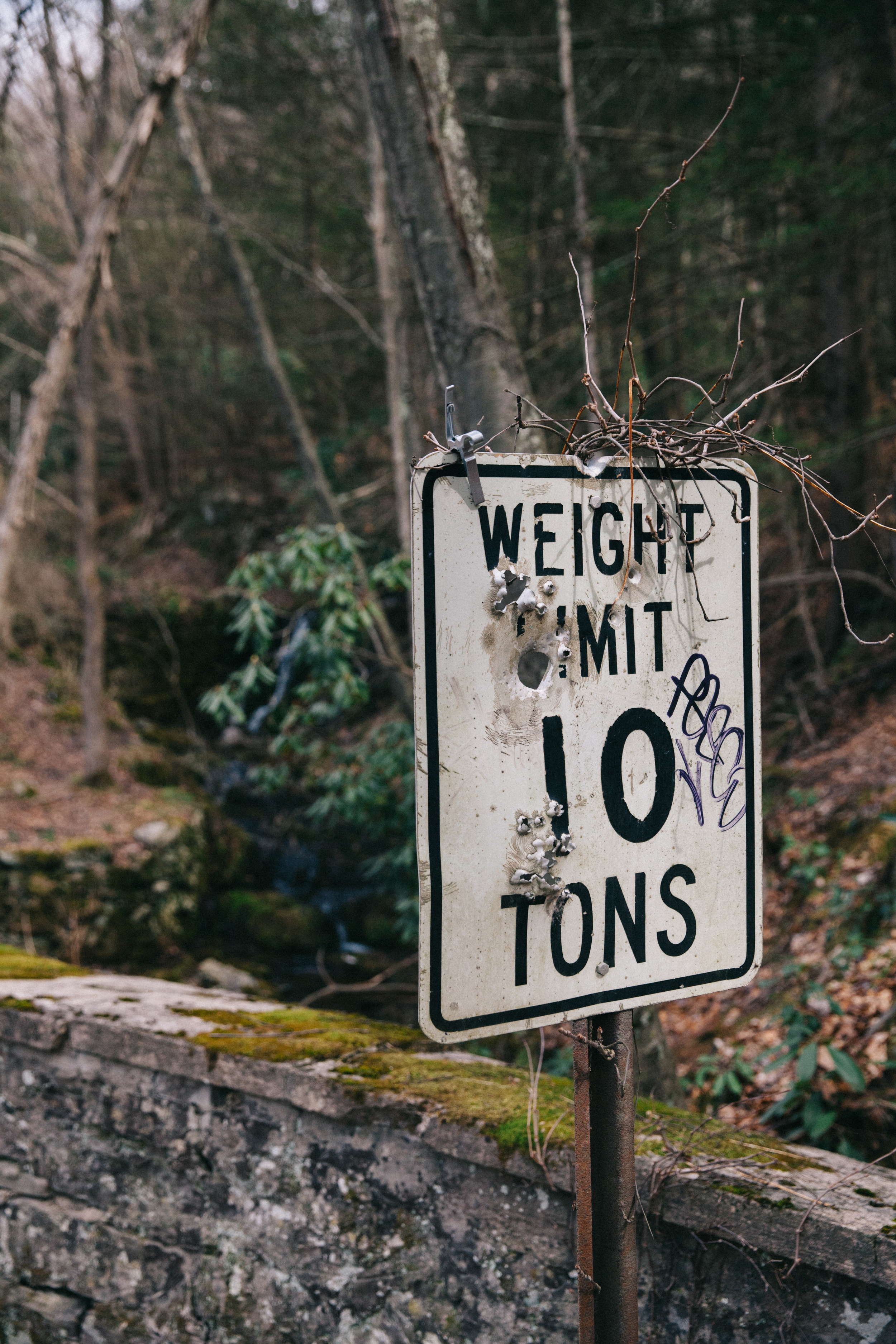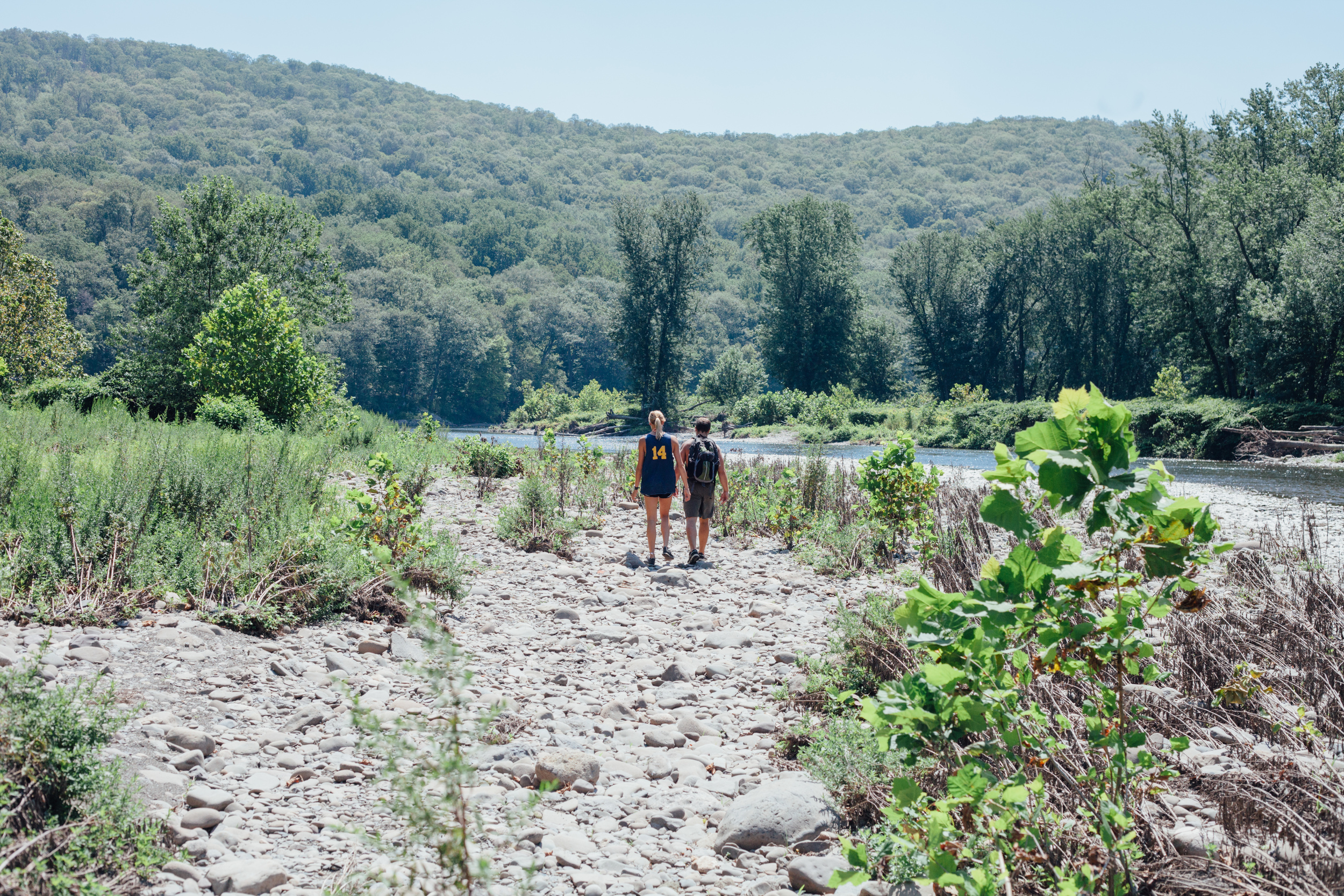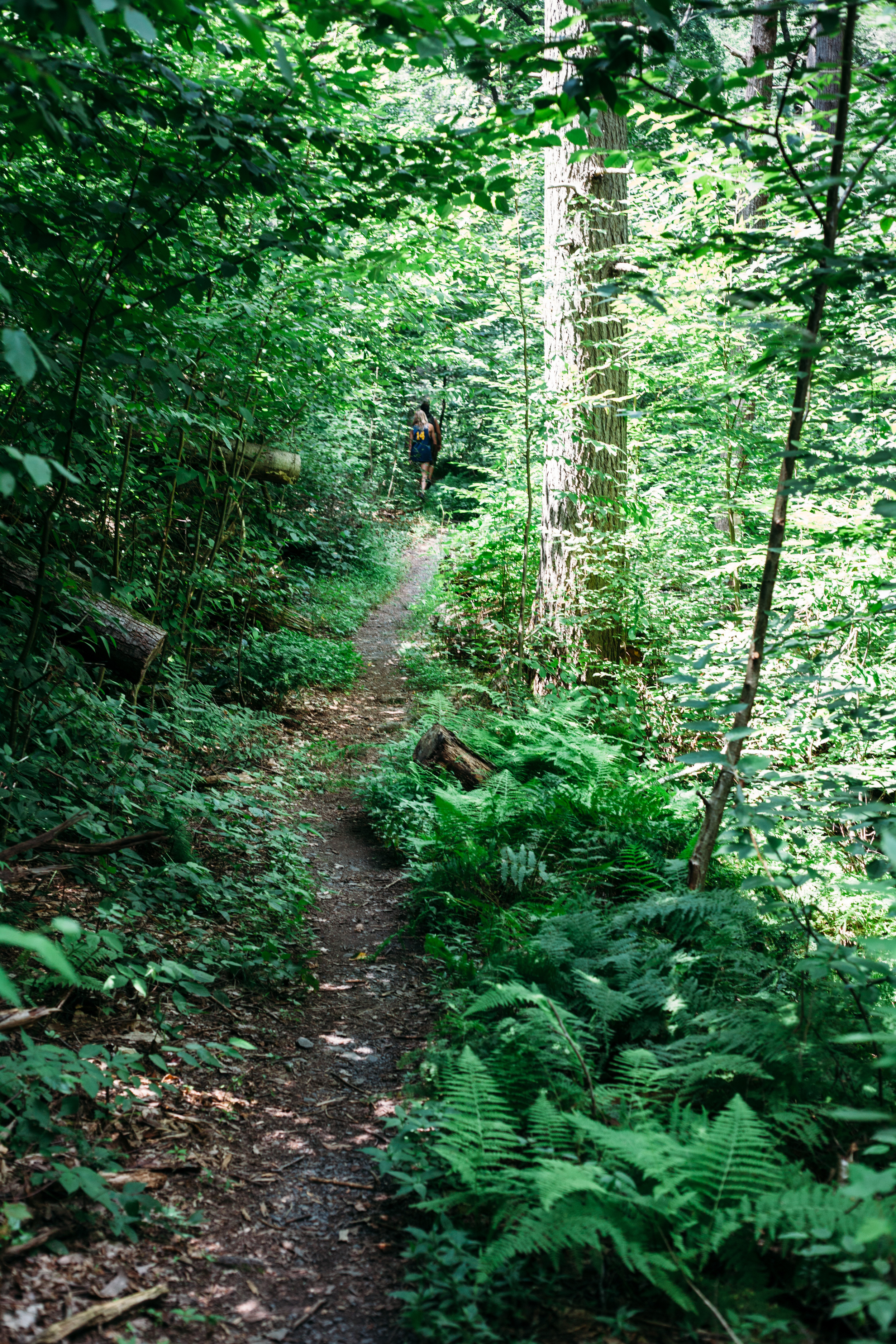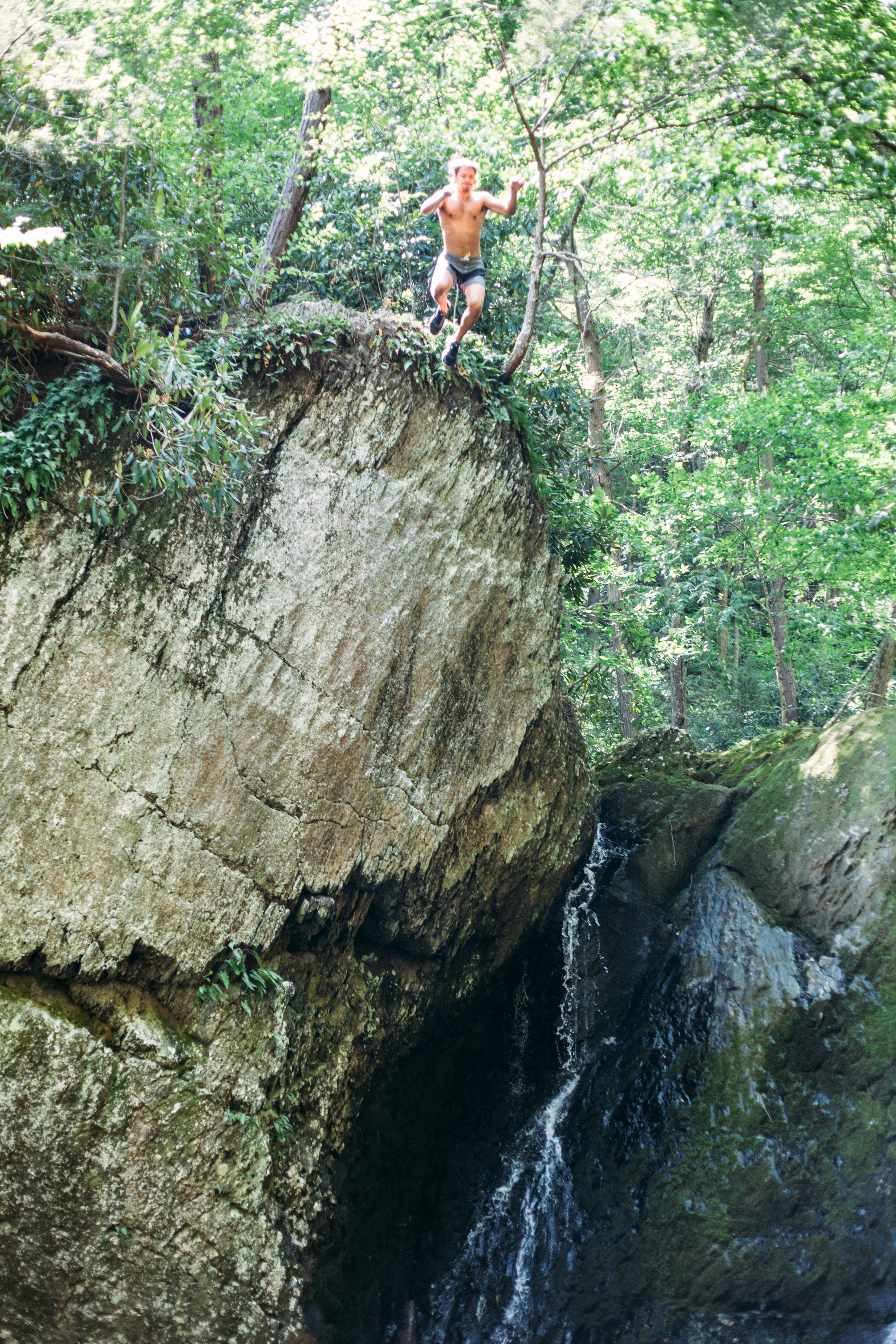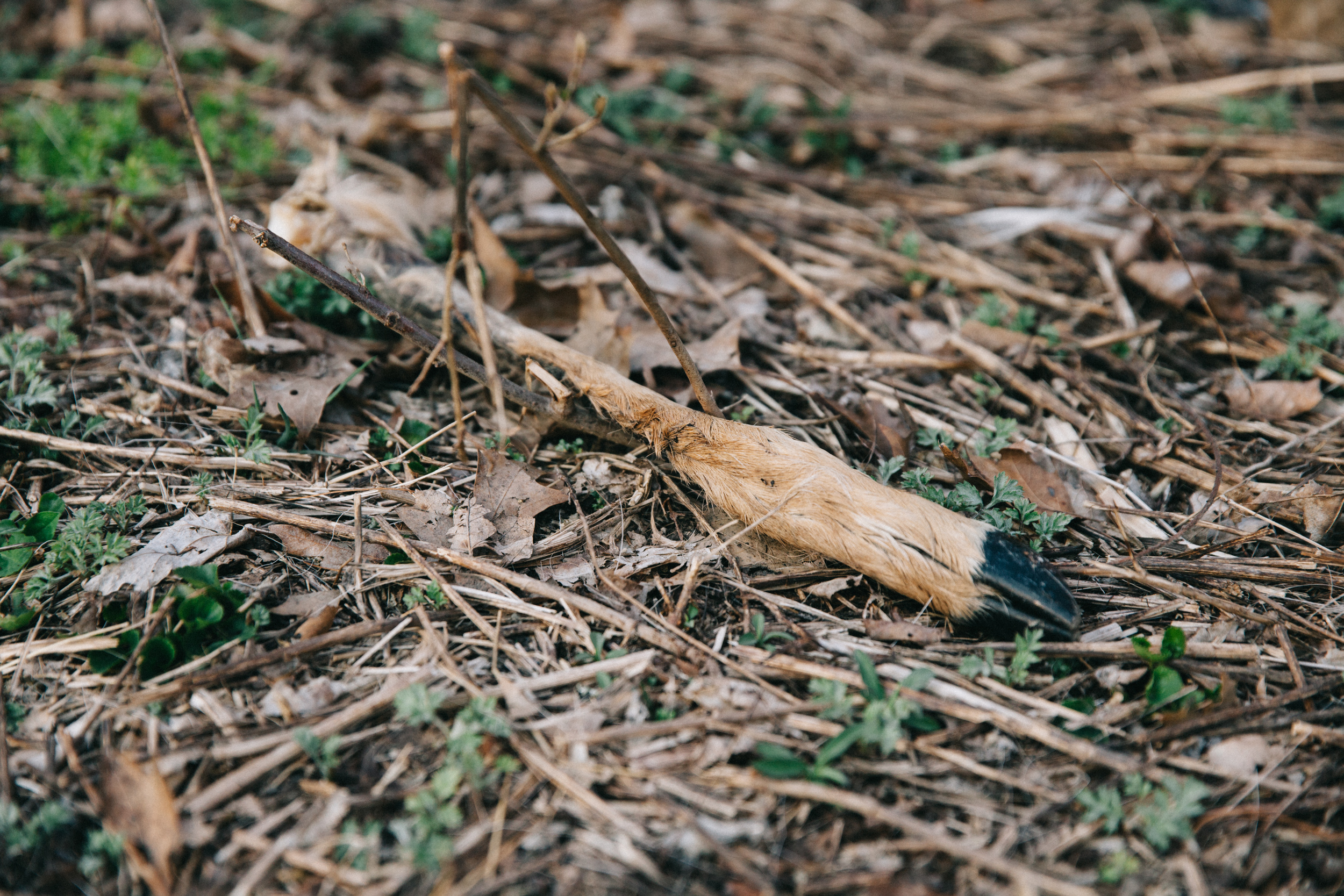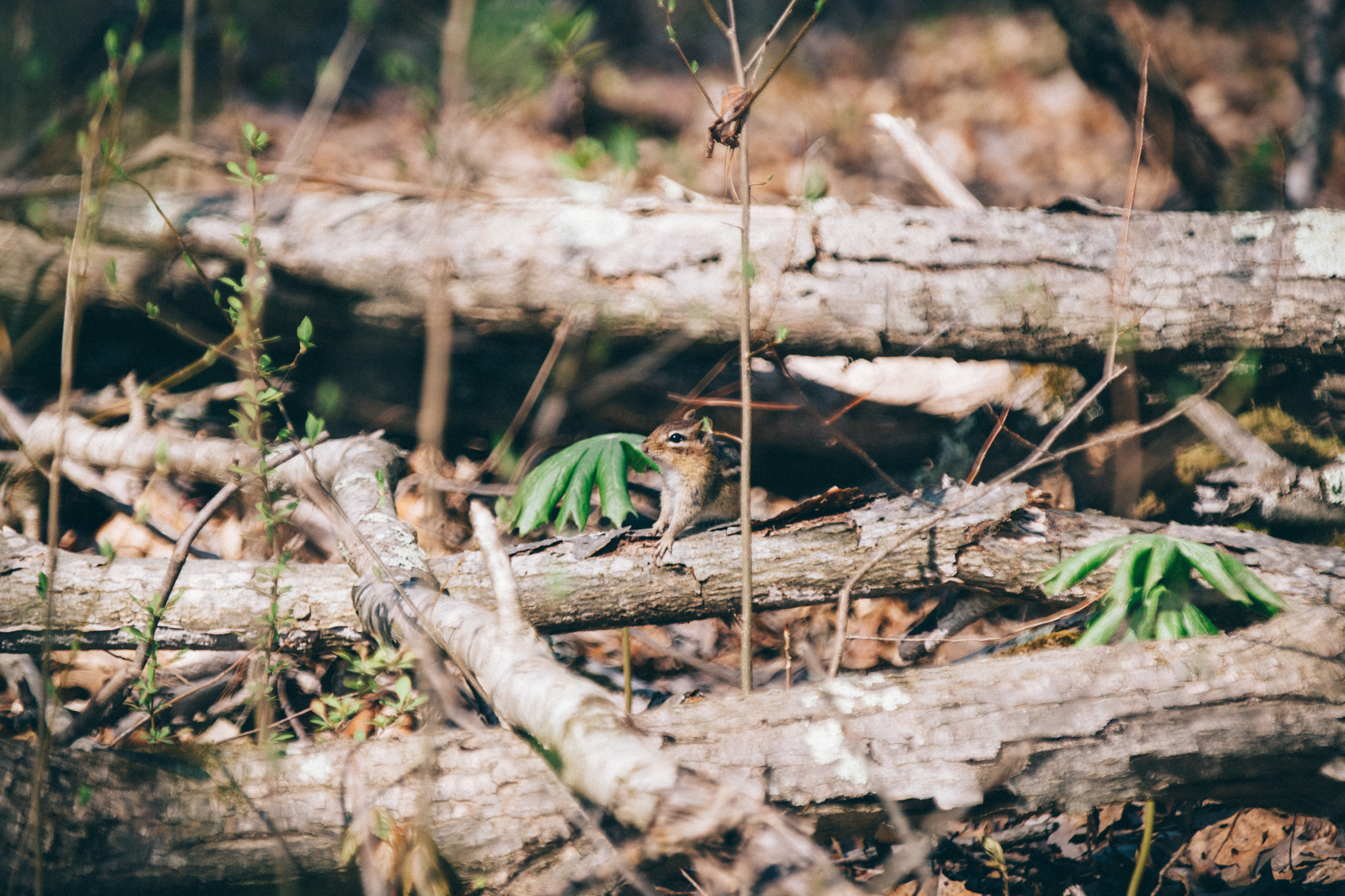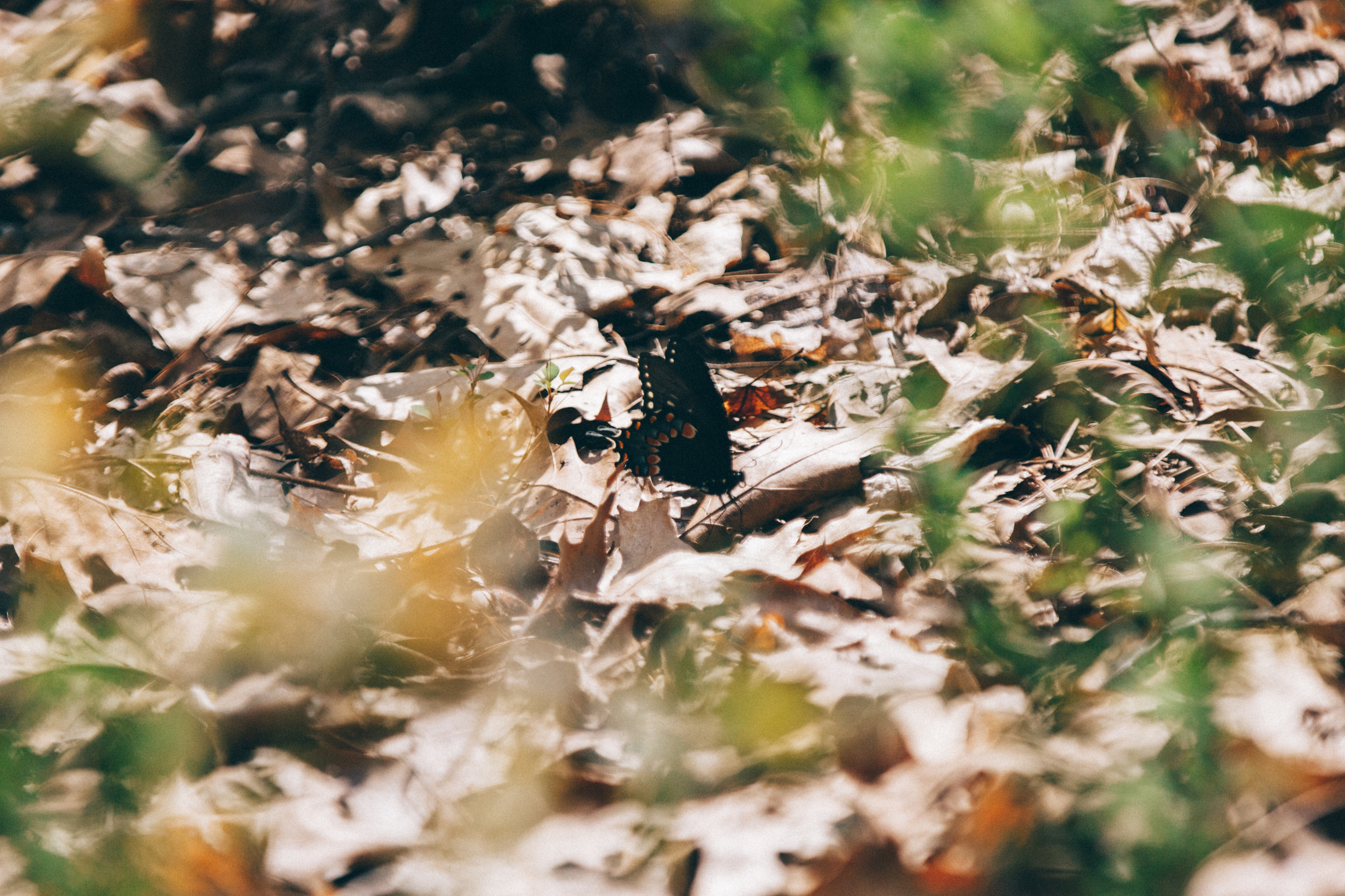Elena + Brendt’s wedding was filled with much love, laughter, and support. As Maid of Honor and photographer, I had a unique perspective and A TON of help from my partner in crime, Zack. Thanks love!
They envisioned a silver + gold affair at an intimate, family-owned venue. That morning, fog hung over the grounds as white clouds rolled in, showing snow was imminent. It came down like little cotton balls so we couldn’t resist going out and having fun. It snowed well into twilight, making it so cozy + romantic inside. It was an honor to share it with everyone- I had a blast (and even managed a couple of pics of myself all dolled up!)
Enjoy it friends
and
BIG C O N G R A T U L A T I O N S to Mr. & Mrs. Napp!
Check it out! I love these fur stoles that Elena gave to all of the bridesmaids- a perfect addition to the wintery day.
During their ceremony, Elena + Brendt performed the tradition of “jumping the broom.” Below, in Elena’s words, is why they choose to incorporate this unique part of her heritage into their wedding.
“The marriage of slaves wasn’t recognized (like many many other rights) - it wasn’t seen as legit. Jumping the broom is a ceremony that was something they did to recognize their marriage ceremonies in their communities. It also represents the sweeping away of the past- some places even wave the brooms over the heads of the newlyweds to represent that! I wanted to honor my ancestors by jumping the broom. So much was taken from them and I wanted to jump to honor them. Brendt and I are both the results of interracial marriage and not too long ago, that wasn’t recognized either! Love is love and we are thankful we found it. We are thankful for all that our ancestors have fought for to get us here, and we jump the broom to say thank you, and we made it!”
My parents came too!
Zack + I managed to have some fun while on the job ;)













